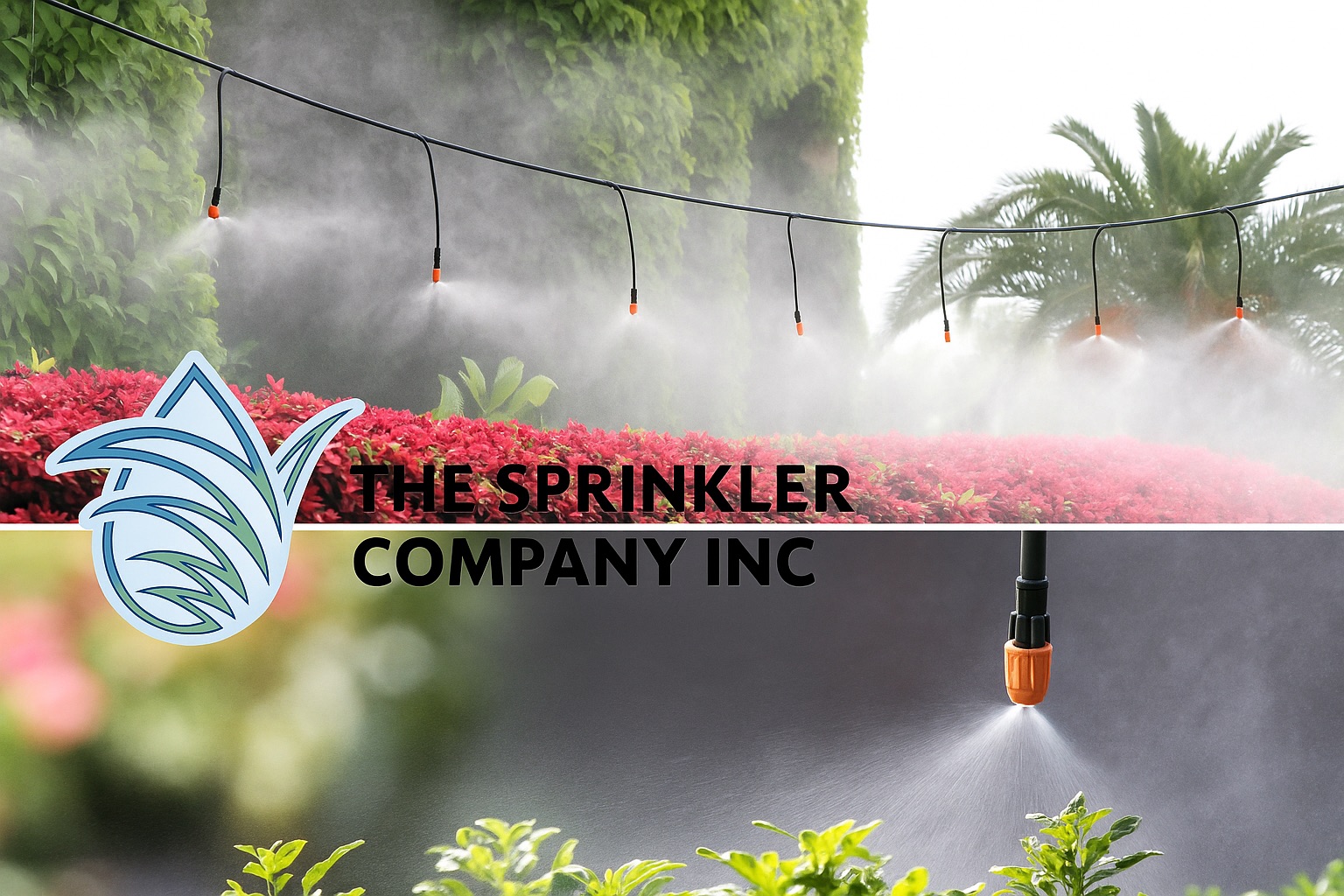Irrigation Opening
Opening Cost Calculator
Check-Up / Service Call
Full inspection, diagnostics, pressure testing, and system adjustments.
BOOK ONLINEUsually, the price for irrigation opening is $90 + tax. The price can vary if the system is commercial or big residential.
GET IT NOWBasically, the price for winterization is $100 + tax. The cost can vary if the system is commercial or big residential.
GET IT NOWPrices start at $550 per zone. We use Hunter and Rain Bird materials. 5-year warranty. Parts and labor are included.
GET IT NOWLED fixtures start from $250 due to long lifespan and reduced maintenance costs. Parts & labour are included.
GET IT NOWResidential sod averages $1.10–$3.50 per sq.ft. Commercial starts at $0.75. Labour is included.
GET IT NOWFrench drainage installation cost ranges $25–$40 per foot depending on complexity. Parts and labor are included.
GET IT NOWFull inspection, diagnostics, pressure testing, and system adjustments.
BOOK ONLINE

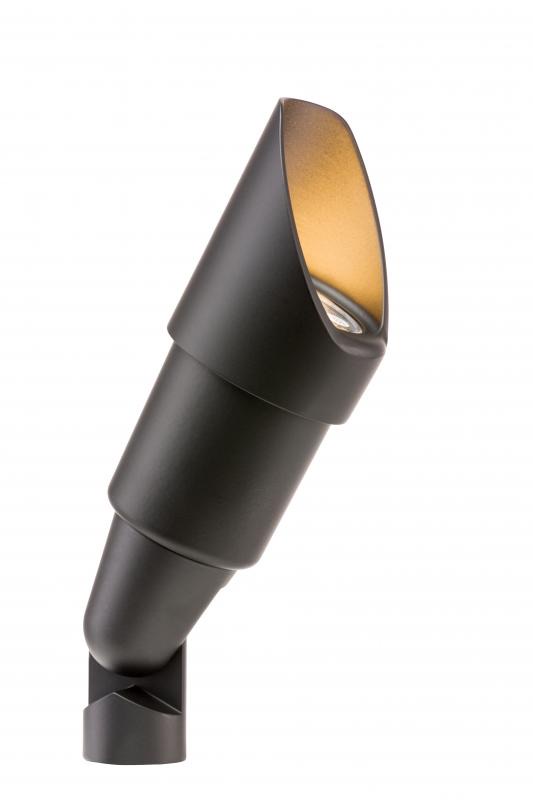
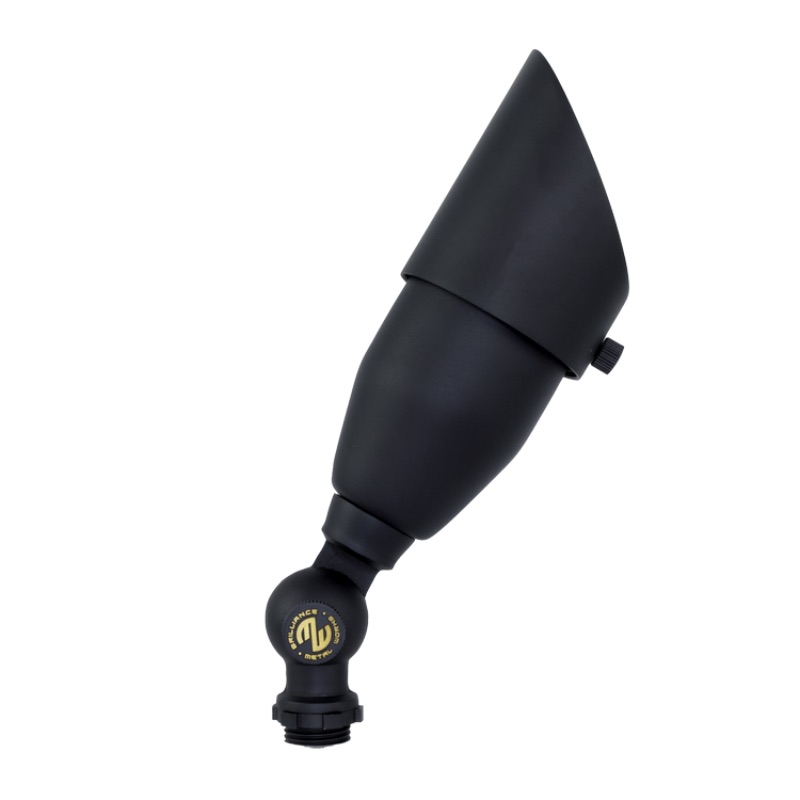


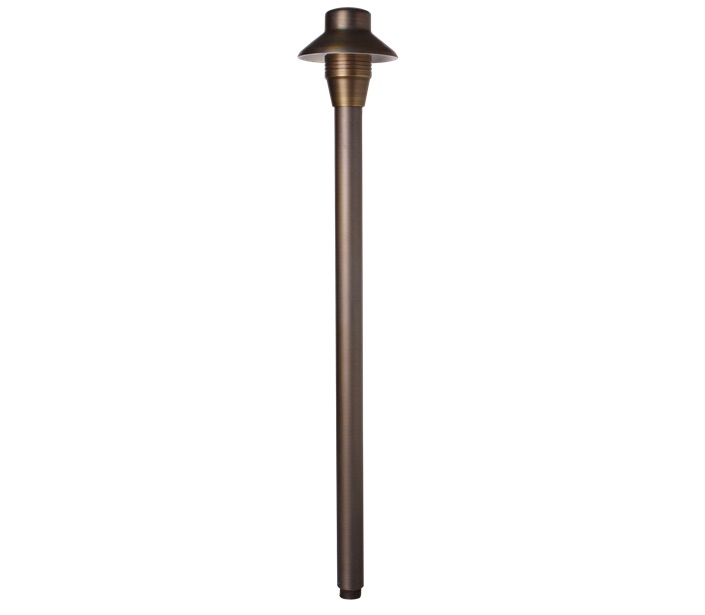
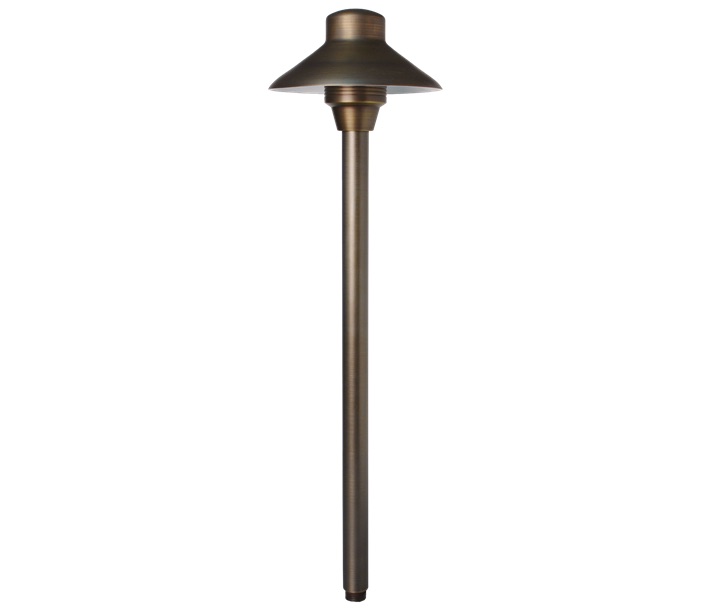

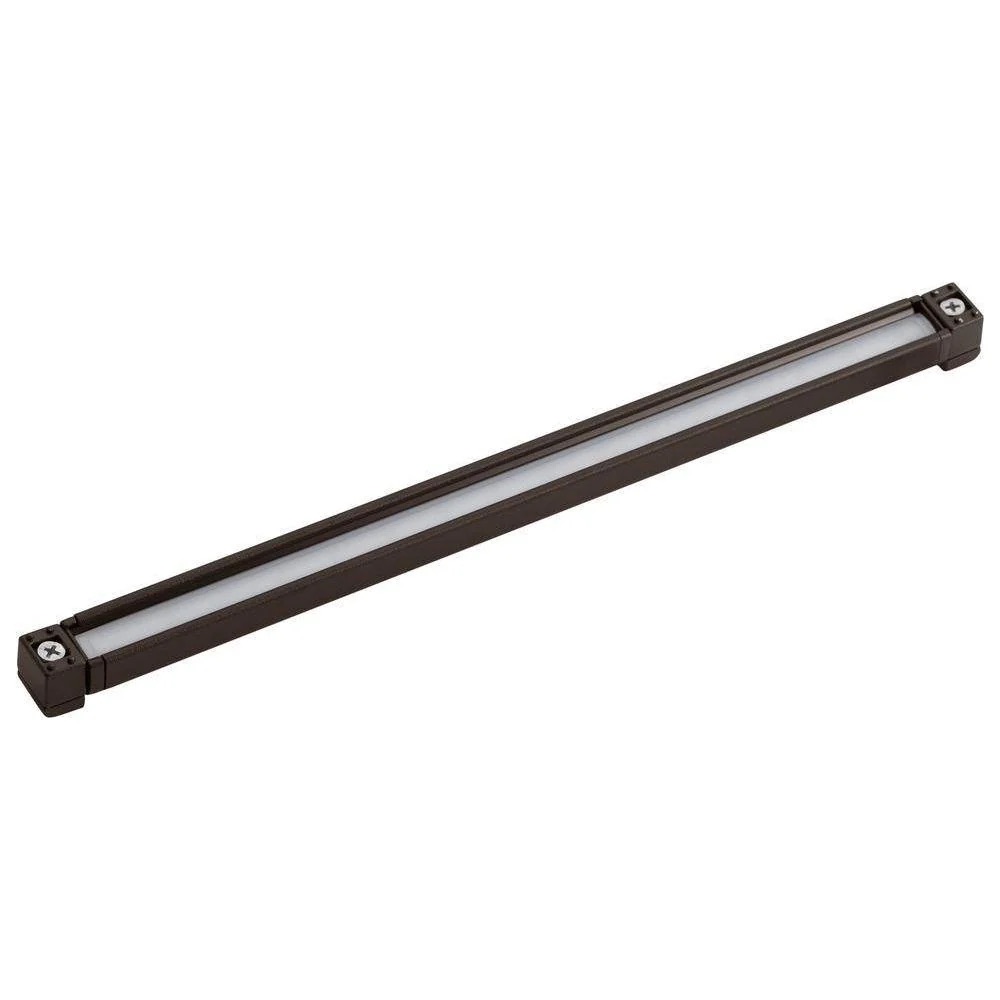
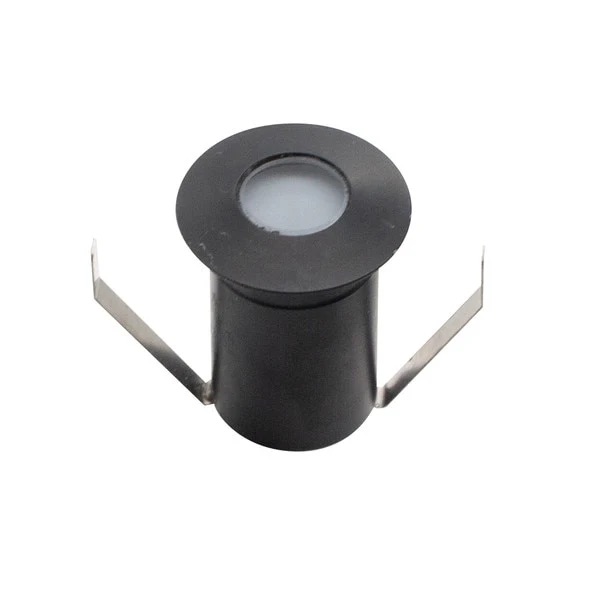
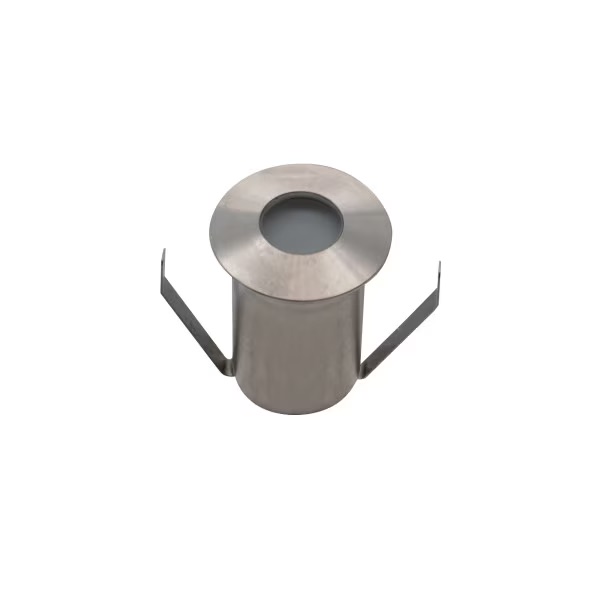
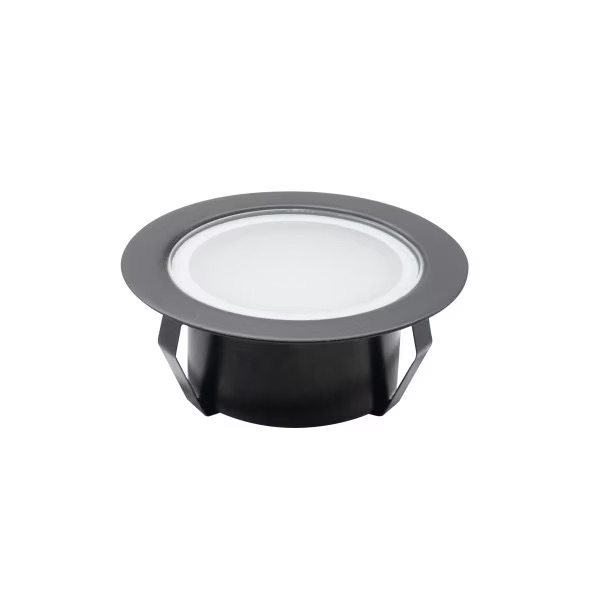
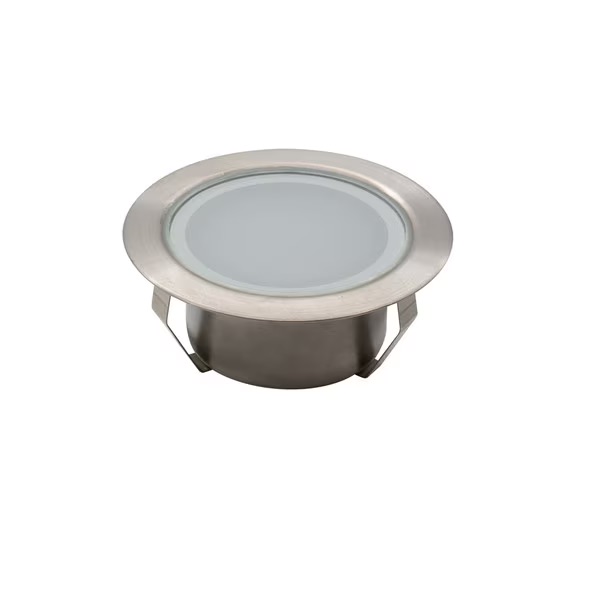
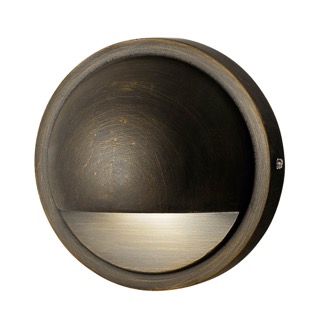
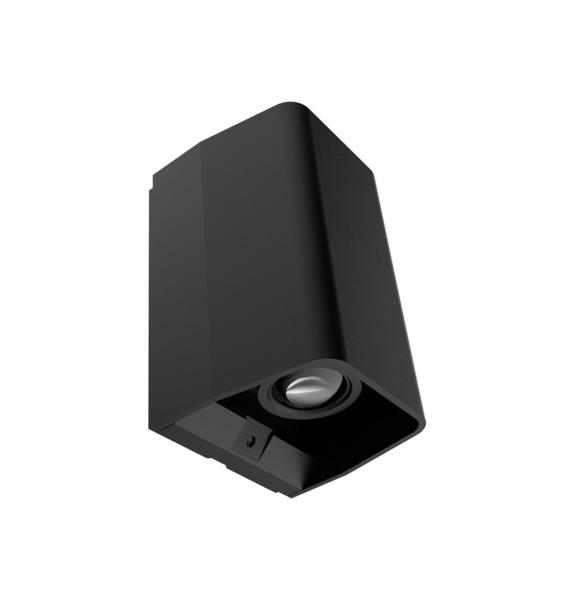
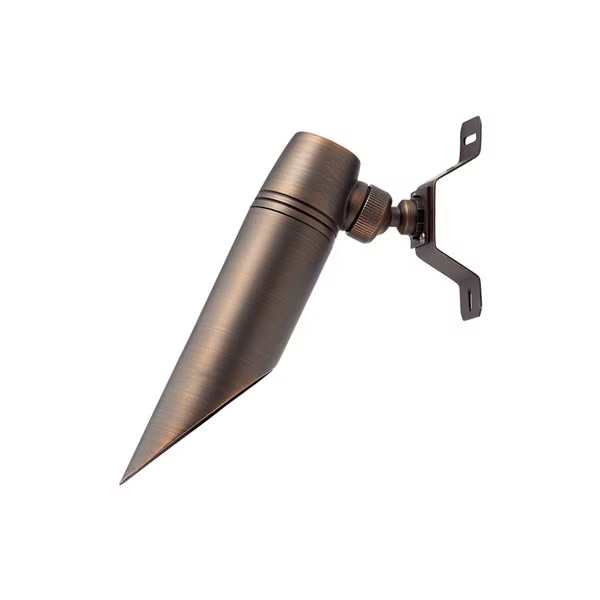
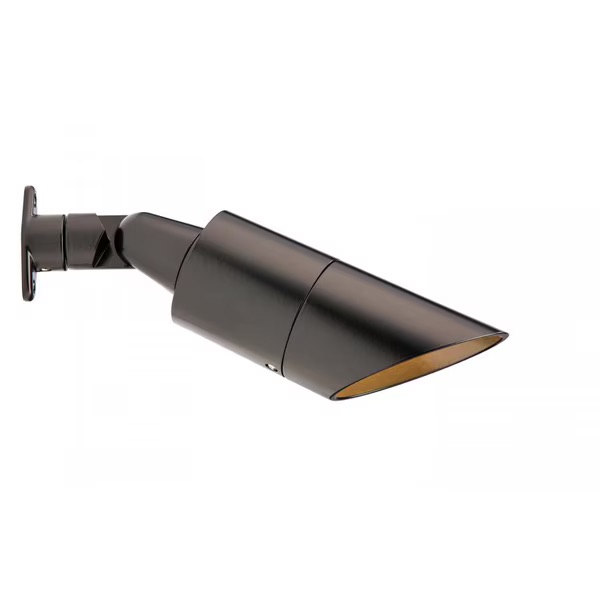











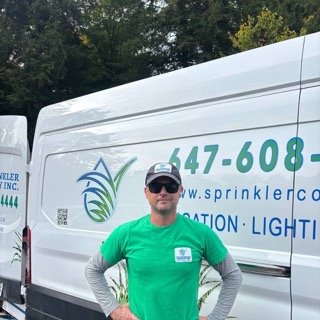

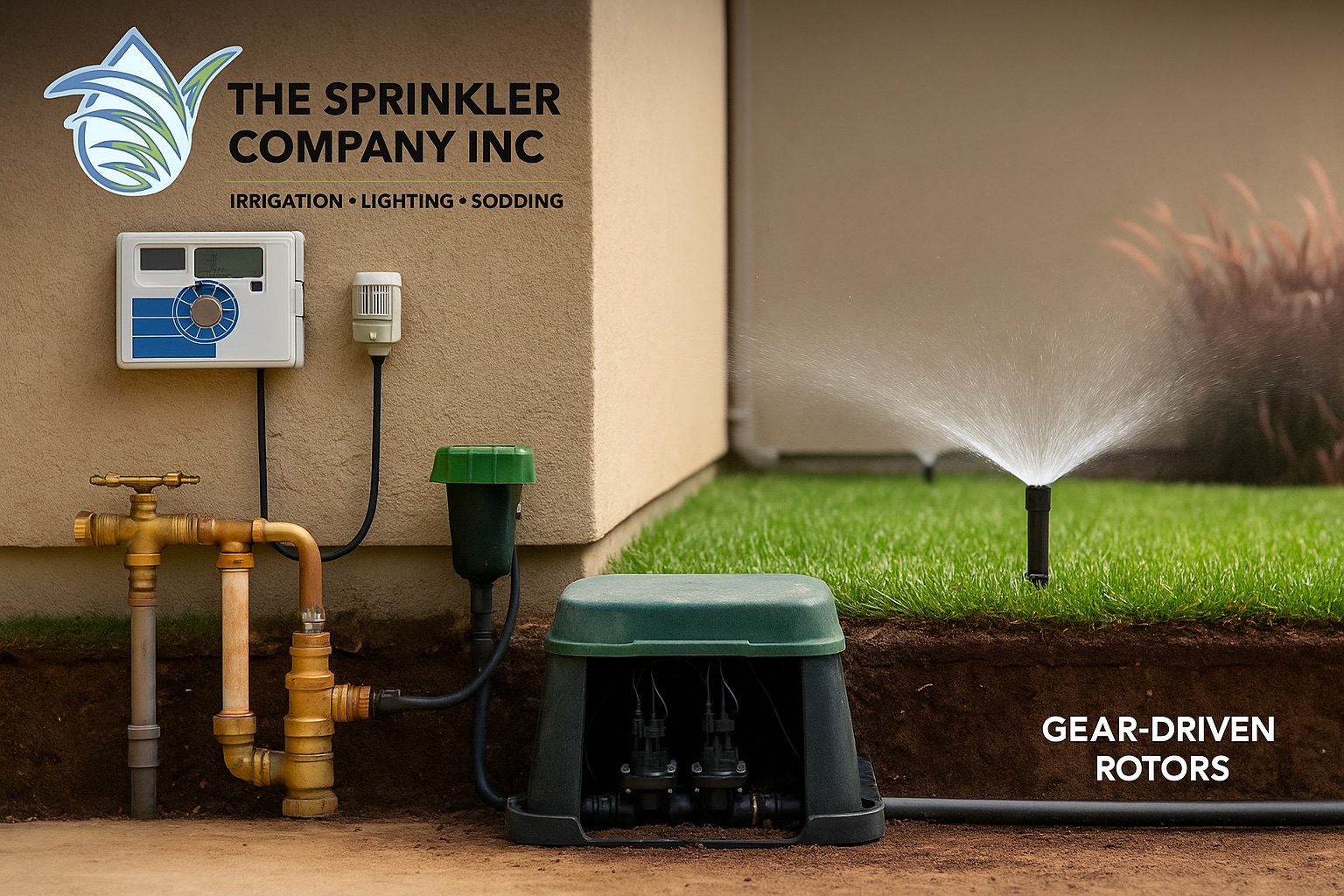
Starting with the work, what you have to do is to make a diagram of the site and measure all the required indicators. We are required to put down the following details on a prepared plan:
A properly prepared plan will help you avoid various mistakes in the installation of automated irrigation equipment and adjustments during the installation process in the future. The quality of the installed landscaping systems directly depends on this.
It is important to remember that work related to installing lighting and irrigation systems is carried out at the very beginning of landscaping activities. This is because all necessary systems and utilities—such as sprinkler heads, pipes, valves, and other components—are placed in specially dug trenches. The location of these trenches is determined based on the prepared landscaping plan, and therefore everything must be thoughtfully planned in advance. The paving work itself takes place at the very end, once all underground utilities have already been installed.
In some cases, irrigation work may also be performed after the tiles have been laid—in these instances, strips of lawn are removed to dig trenches, requiring additional effort and costs. If you prefer to install irrigation and lighting systems beneath already-laid tiles, you will need to remove certain areas and then relay them afterward. Therefore, always plan your landscaping project carefully and ahead of time.
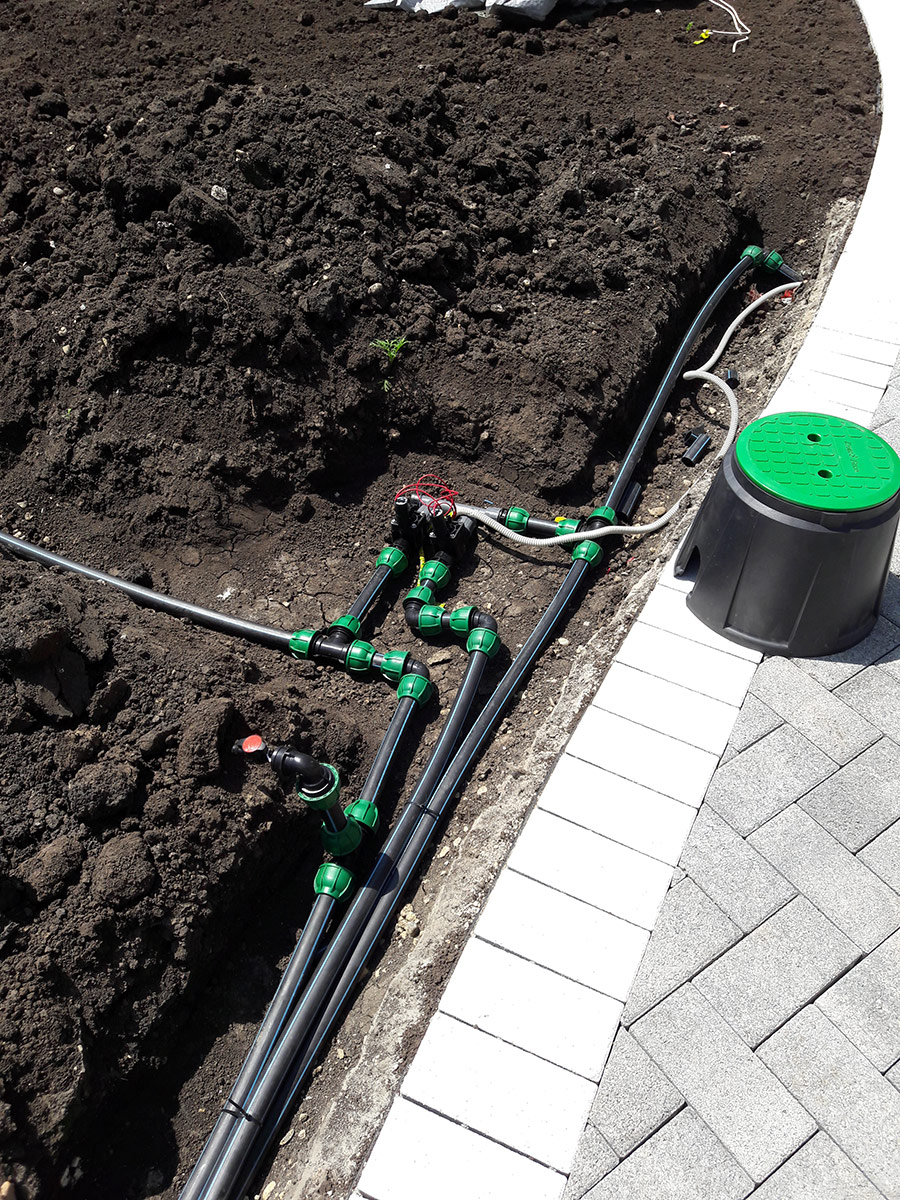
Based on practical experience, it can be confidently stated that installing an automated irrigation system is beneficial under a variety of conditions, allowing you to effectively tackle several important tasks. Consider the following advantages:
For various green spaces, even for a simple lawn, it is necessary to maintain a certain level of soil moisture. In case of the expected good harvest or appearance of the site, there are no problems. In summer cottage conditions, it is difficult to provide regular and high-quality care for plants, an automatic watering system will cope with the task without your participation.
Another factor is related to the regular rise in utility costs. If there is no autonomous water supply system on the site, then irrigation has to be provided by connecting to centralized systems, which leads to significant costs. Even a simple installation of automatic irrigation will significantly reduce water consumption without damaging green spaces, and will help to achieve real savings.
More advanced automated irrigation setups with electronic components enable you to maintain optimal moisture levels throughout your property. These systems also allow customization of different watering regimes for various plant types.
Installing automated irrigation systems greatly reduces the costs associated with maintaining vegetable gardens, greenhouses, and landscape designs, making overall garden management more affordable and effortless.
Depending on their purpose, irrigation systems can be further divided into manually or automatically controlled setups. These setups are intended for use in the following areas:
A fully professional irrigation system will easily cover the whole property even if the land is very large in size. However, it is very difficult for the average homeowner to assemble such a system.
Considering the kind of automatic irrigation system, the kit might include:
The layout can be individually tailored or expanded to include the specific characteristics of the site where the irrigation system is being set up.
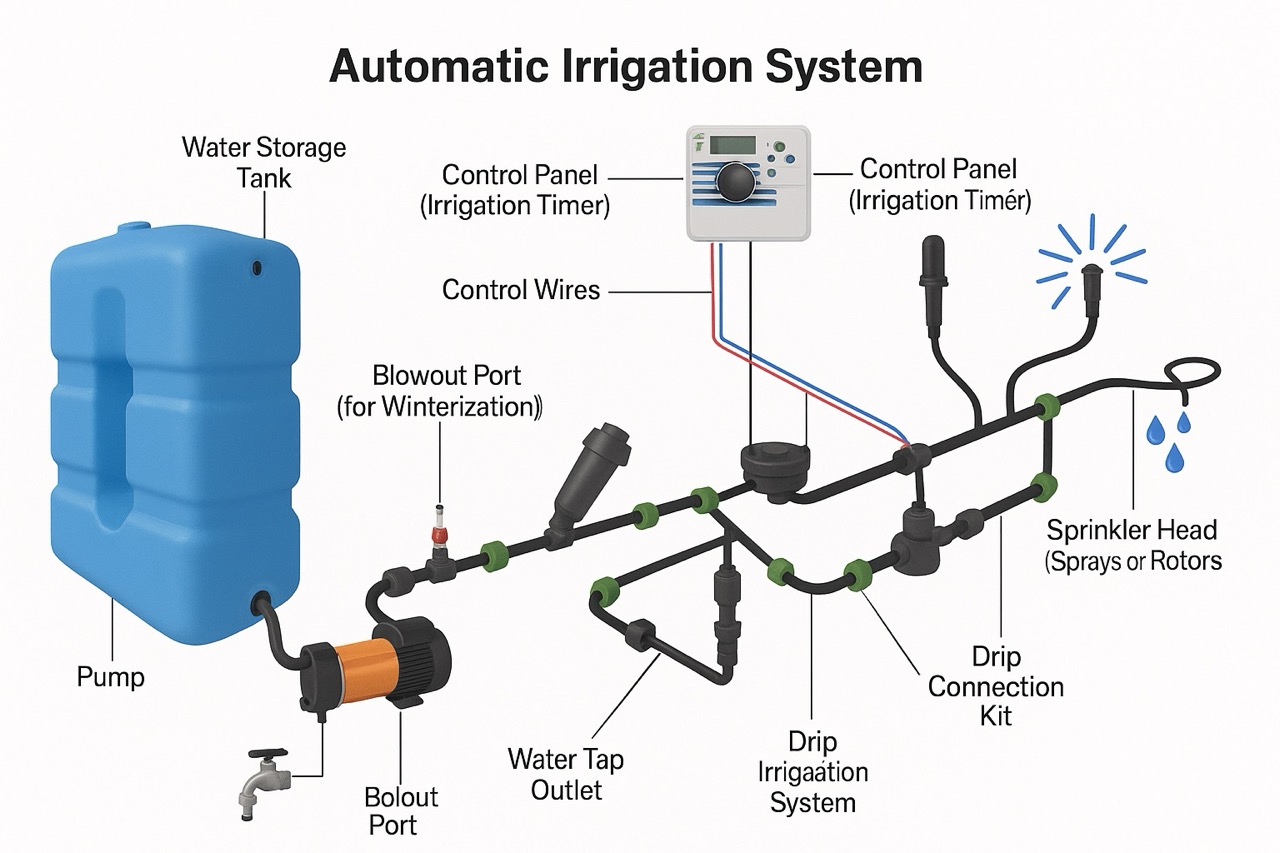
Sprinklers are devices used for irrigation that are designed to throw out water that is like natural rainfall, thus allowing water to be properly distributed over an area in the form of a fine spray of droplets. These are usually made out of common materials and hence not complicated when it comes to their installation and maintenance. It is possible to have as many sprinkler heads as necessary for the garden according to the size of the garden or filed.
Their main foundation is that one of the sprinklers should not be able to spray water without the other one overlapping its area of spray, so both would be able to cover the entire area. If a sprinkler system is set up correctly, the land should not have any dry spots.
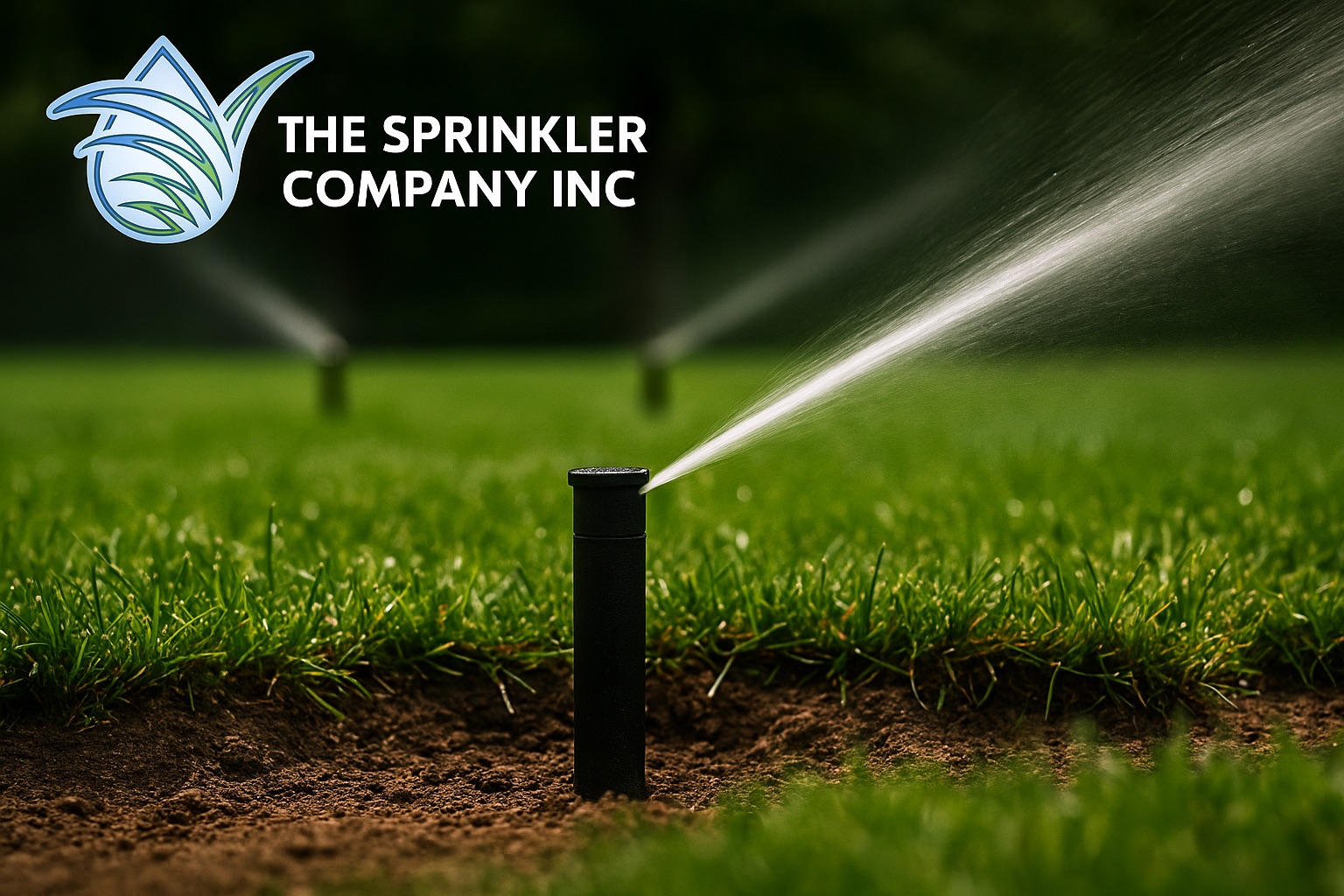
Such systems are built to distribute water just to the areas where the plants are planted. This focused watering technique not only makes the moisture reach the root zone but also allows the irrigation system to work at a significantly increased capacity.
People mainly use drip irrigation systems for the beautification of the garden, as well as the creation of individual plant rows in the greenhouses. Installation involves the use of water supply lines (i.e., drip lines or drip tape) which are put along the rows of plants, positioned slightly away from the trunks or stems.
The soil is moistened through small emitters (drippers), and it’s these parts of the pipe that enable watering one plant at a time with water released slowly and accurately from the base.
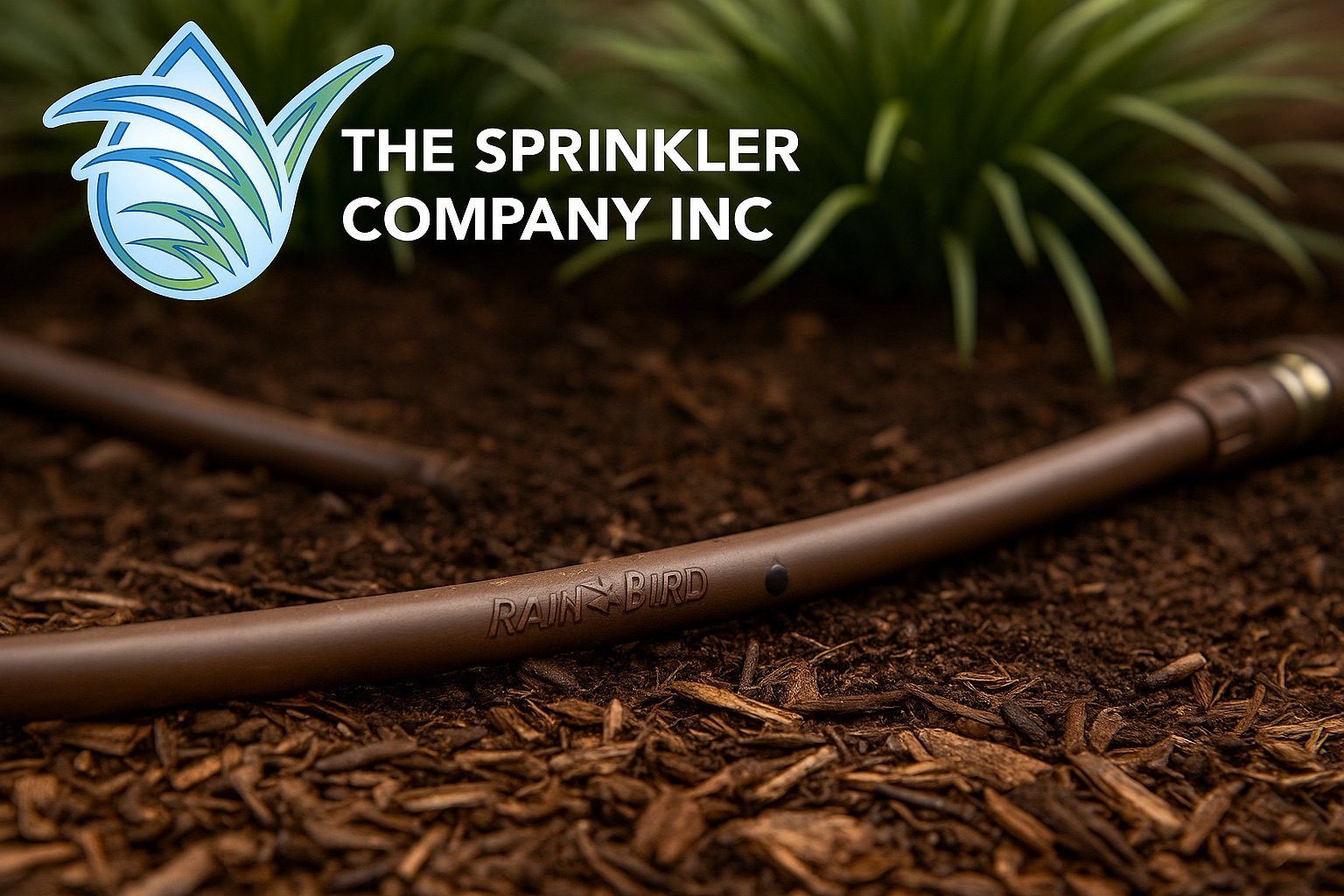
Equipment for subsurface (underground) automatic irrigation, the operating principle of which is similar to the previous system. The main difference is that the water supply lines are mounted underground, not on the surface. This solution allows for the delivery of water directly to the root system of each specific plant. The main components are pipes with slotted or round holes drilled in them. The depth of the automatic irrigation line is 0.2–0.3 meters, the step of the holes does not exceed 40 cm. The distance between individual lines is determined by the planting pattern and can reach 0.9 meters. This type of irrigation system on the site has a significant disadvantage: it significantly complicates maintenance during operation and repair work. For this reason, this method is rarely used in suburban areas.
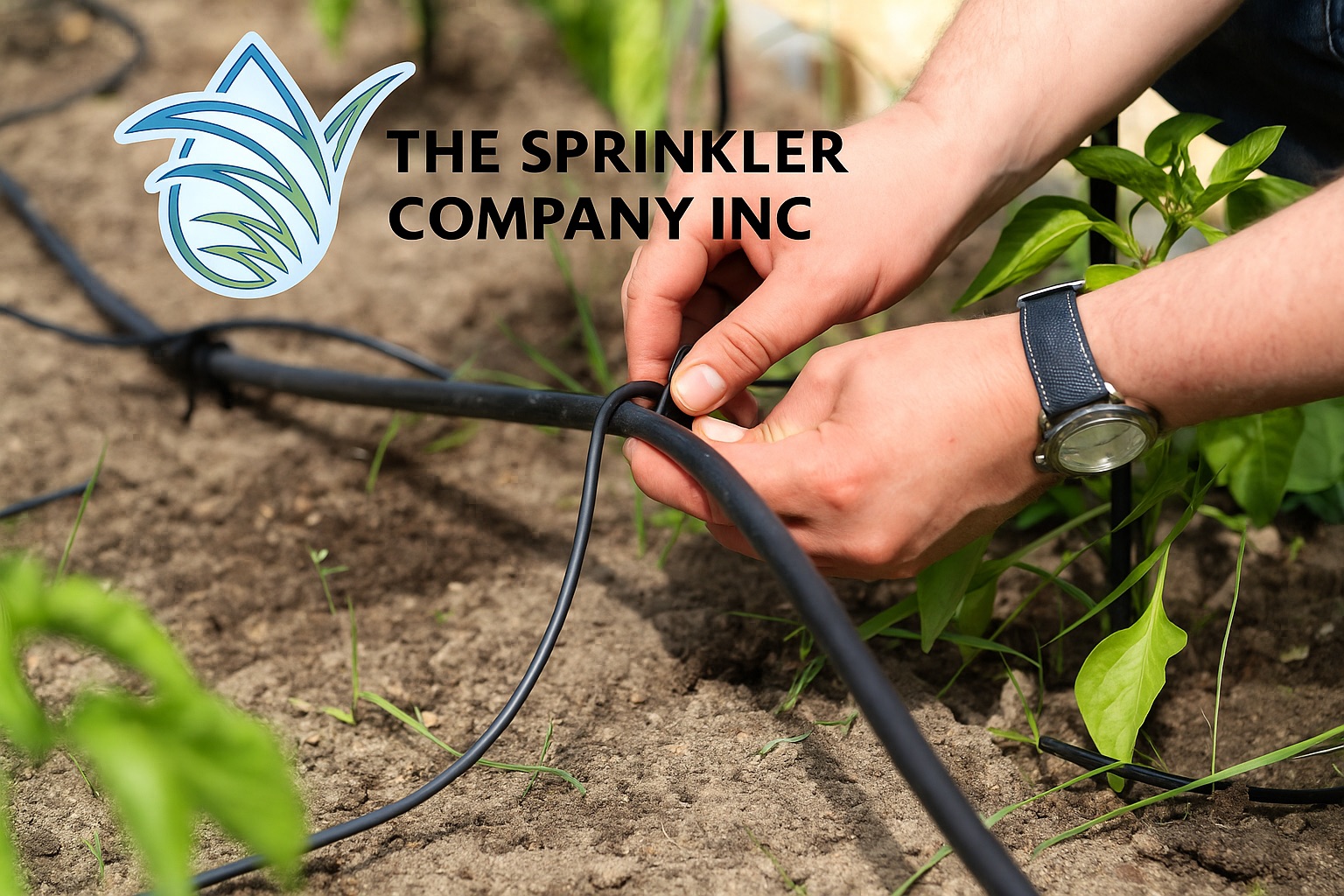
Nozzles that are moving are operating through water under high pressure. The water is drawn through spray heads, which is broken down by them to small, micro-droplets. Such watering system is used in both the gardens and greenhouses without any problem. It is highly efficient to apply the aforementioned mist irrigation, because it has several advantages. The method is not just for watering; it can also help in increasing the air moisture, reducing the surrounding temperature and finally, the control of the pests. The mist irrigation is put to a broad scope of uses. They are frequently discovered at sports fields, open-air restaurant patios, indoor places, and livestock farms. In the whole, they are known to be one of the water-saving irrigation devices.
